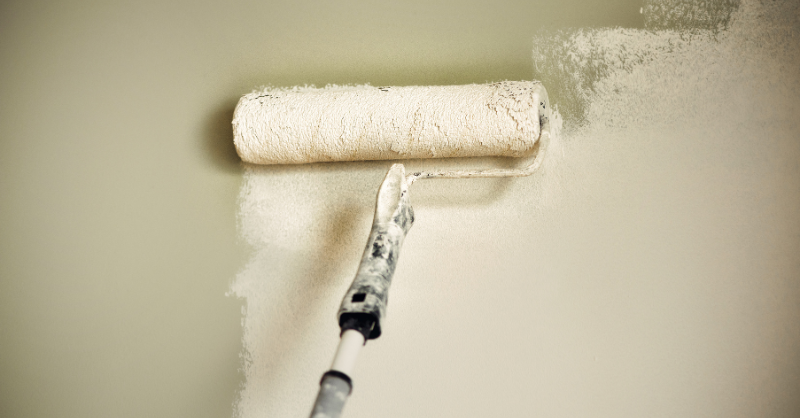
Painting your walls white seems like a straightforward decision. After all, white is clean, classic, and works with just about any decor style. But if you've ever dipped a brush into a can of white paint and started working, you may have quickly realized—this color isn't as easy as it looks. Whether you're struggling with streaky coverage, uneven patches, or the sheer number of coats it takes to get a solid finish, painting with white can be a real test of patience.
At Brush & Roll Painting in Omaha, we've seen firsthand how tricky white paint can be, even for the most seasoned DIYers. Since opening in 1996, we have tackled thousands of interior painting projects, we understand the unique challenges that come with painting white and know how to get the job done right.
In this article, we'll explain why white paint is so difficult to work with, offer practical tips to improve your results, and provide insight into which shades of white may require extra attention. By the end of this article, you'll be able to decide on the next steps for the wall interior painting project.
Why Is White Paint So Hard to Work With?
If you’ve ever wondered why your white paint doesn’t look quite right, you’re not alone. Here are some key reasons why white is one of the most challenging colors to paint with:
1. Lack of Pigment Density
White paint contains less pigment compared to darker colors. The pigments in paint are what provide coverage, so when there’s less pigment, the paint has a harder time covering the surface beneath it. This is especially noticeable if you’re painting over a darker color or uneven surfaces.
2. Natural Light Shows Everything
White walls reflect light, which can make imperfections like streaks, roller marks, or uneven patches glaringly obvious. This means that even small mistakes are magnified when using white paint.

3. Multiple Shades of White
Not all whites are created equal. Some whites have cool undertones, like blue or gray, while others lean warm, with yellow or beige. Depending on the shade you choose and the lighting in your space, these undertones can make the paint look inconsistent or patchy if not applied correctly.
4. Thin Formulation
Some paints have a thinner consistency, which can lead to drips, splatters, and streaks if you’re not careful. Getting an even finish often requires more coats and careful technique.
5. Primer Confusion
Skipping primer is a common mistake with white paint. Many assume they can get away with just a couple of coats, but primer is essential for creating a solid base, especially over dark or uneven surfaces.

How to Get Better Coverage with White Paint
Painting with white doesn’t have to be a nightmare. Here are some tried-and-true tips to help you achieve smooth, even results:
1. Start with the Right Primer
Using a quality primer is non-negotiable when it comes to white paint. Primer helps:
- Cover dark or bold colors underneath
- Seal porous surfaces like new drywall or wood
- Provide a uniform base for the paint to adhere to
For white paint, choose a tinted primer that’s slightly off-white or gray. This creates better contrast and allows your topcoat to cover more effectively.
2. Invest in High-Quality Paint
Not all paints are created equal. High-quality paints typically have more pigments and binders, resulting in better coverage and durability. While premium paints may cost more upfront, they often require fewer coats and deliver a more even finish.
Sherwin-Williams’ Duration and Emerald and Benjamin Moore’s Regal Select and Aura are excellent options for high-quality interior paint. Look for formulations specifically designed for better coverage, such as those labeled as “high-hide.”
3. Choose the Right Tools
The tools you use can make or break your paint job. For white paint, consider the following:
- Rollers: Opt for a high-quality roller with the appropriate nap (thickness) for your surface. For smooth walls, a shorter nap (3/8-inch) works best. For textured surfaces, use a thicker nap.
- Brushes: Use angled brushes for cutting edges and trim work. High-quality synthetic bristles are ideal for water-based paints.
- Sprayers: If you’re tackling a large area and have experience with paint sprayers, this can help achieve a smooth, even finish.
4. Apply Even Coats
Avoid applying thick coats of paint to speed up the process. Thick coats are more likely to drip, streak, or dry unevenly. Instead:
- Use even layers and allow each coat to dry completely before applying the next.
- Expect to apply at least two to three coats for full coverage, especially over darker colors.
- Check your paint's technical data sheets to see the recommended mill thickness for the paint. Every paint is different and needs to be applied according to the data sheets for the most accurate results.
5. Work with the Lighting
Good lighting is crucial when painting white. Natural daylight is ideal, as it allows you to see any missed spots or uneven areas. If natural light isn’t available, use bright, white artificial lights to mimic daylight.
6. Be Patient with Drying Times
Rushing the drying process can lead to smudges, uneven finishes, and peeling. Follow the manufacturer’s recommended drying times between coats. If you’re painting in humid conditions, allow for extra time.
7. Test Before You Commit
Before committing to a full room, test your chosen shade of white on a small area of the wall. Observe how it looks at different times of the day and in various lighting conditions. This can save you from disappointment and the hassle of repainting later.
8. Hire a Painter with Experience
If you’ve tried everything and are still struggling to get the results you want, it might be time to consider hiring a professional painter. Experienced painters understand the ins and outs of white paint and have the tools and techniques needed to achieve flawless coverage. A professional can save you time, frustration, and costly mistakes.

Which White Shades Are Hardest to Paint With?
Some shades of white can be particularly tricky due to their undertones and transparency. Here are a few examples:
- Bright, Cool Whites: Shades with blue or gray undertones, like “Chantilly Lace” by Benjamin Moore, can feel stark and reveal more imperfections.
- Warm Whites: Whites with yellow or beige undertones, such as “Swiss Coffee” by Behr, may appear uneven if not applied consistently.
- Off-Whites: Subtle off-whites with low contrast can make it difficult to see where you’ve painted, increasing the chance of streaks or missed spots.
If you’re unsure which shade is best for your space, consider consulting with a professional painter or color expert.
Painting Your Walls White in Omaha
Painting your walls white can be a surprisingly challenging task, but it doesn’t have to be frustrating. By understanding the unique challenges of white paint and following the tips we’ve shared—like using a quality primer, choosing the right tools, and applying even coats—you can achieve the clean, polished look you’re aiming for.
If you’re in Omaha and feeling overwhelmed by the thought of painting your walls white, Brush & Roll Painting is here to help. With 28+ years of experience and a commitment to excellence, we’re happy to guide homeowners like you toward the best solutions for your painting needs.
Click the button below to get a quote and let us help you bring your vision to life.
If you’re not ready to get a quote, download your interior painting project checklist. Whether you are doing the project yourself or hiring a professional painter, this checklist will help you feel confident throughout each step of the process.
Kaylea is the Brush & Roll Painting Content Manager. Kaylea is a Journalism and Media Communications summa cum laude graduate with a minor in Marketing from the University of Nebraska at Omaha. Kaylea manages the marketing for Brush & Roll Painting.










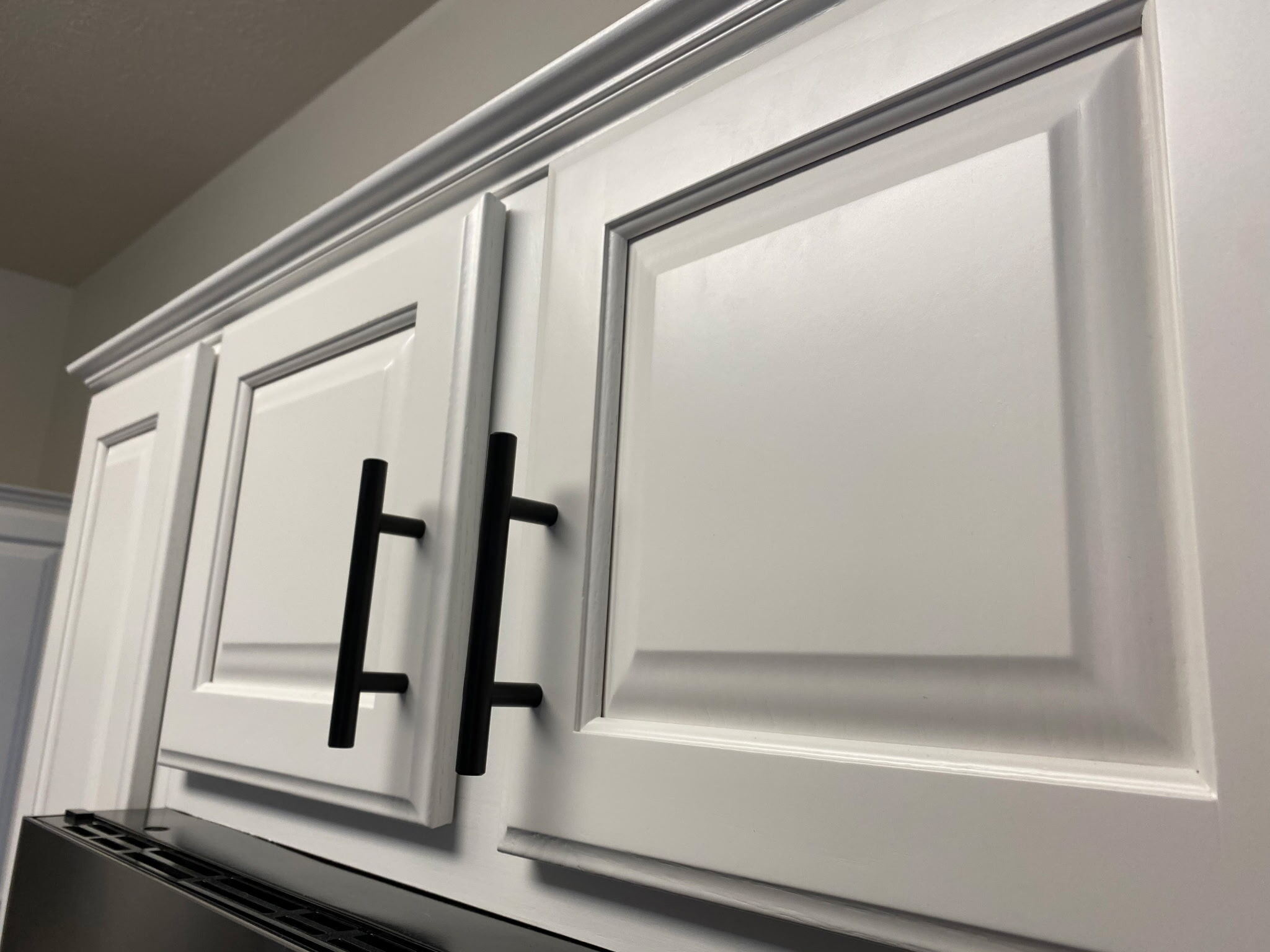
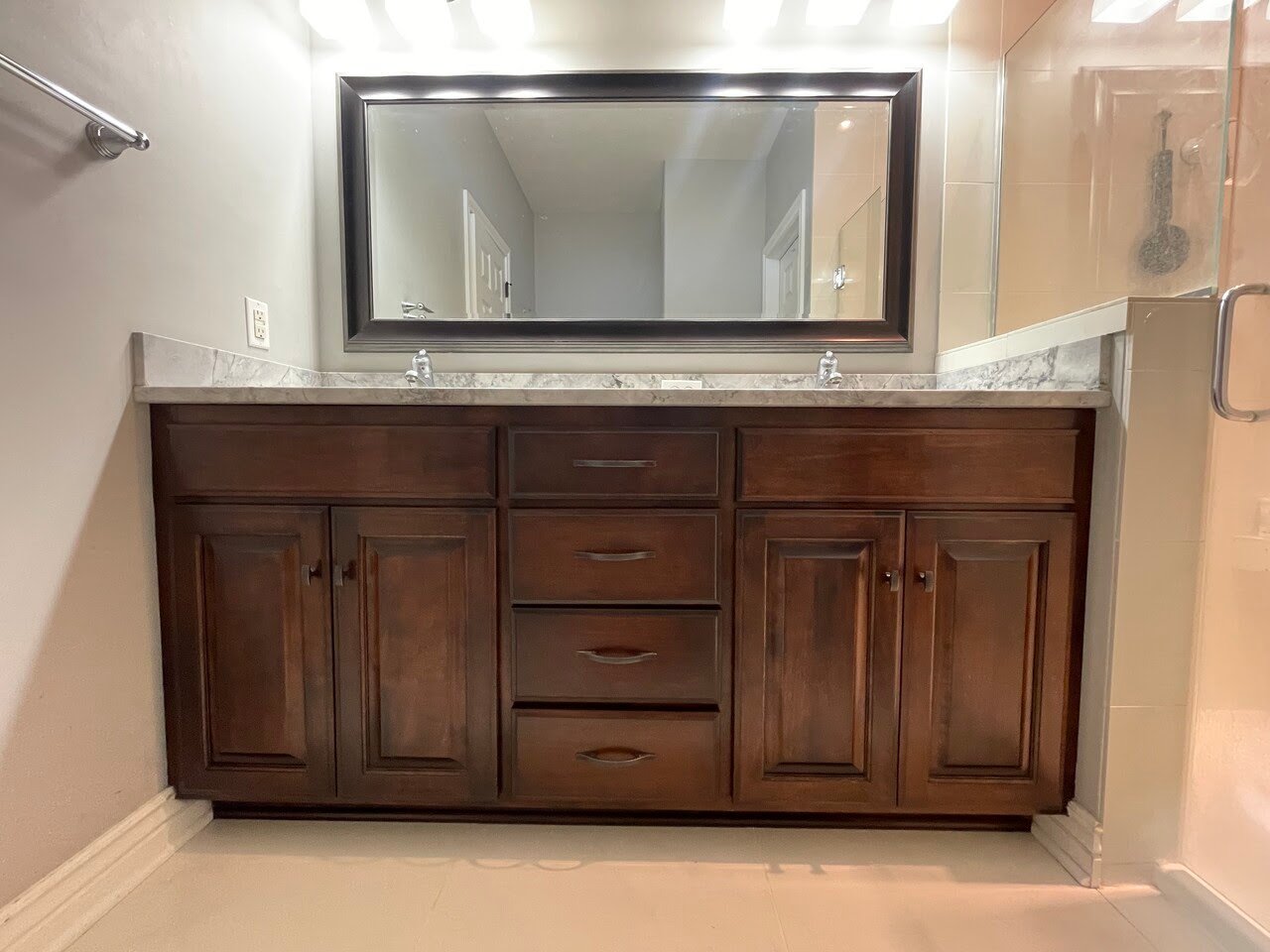



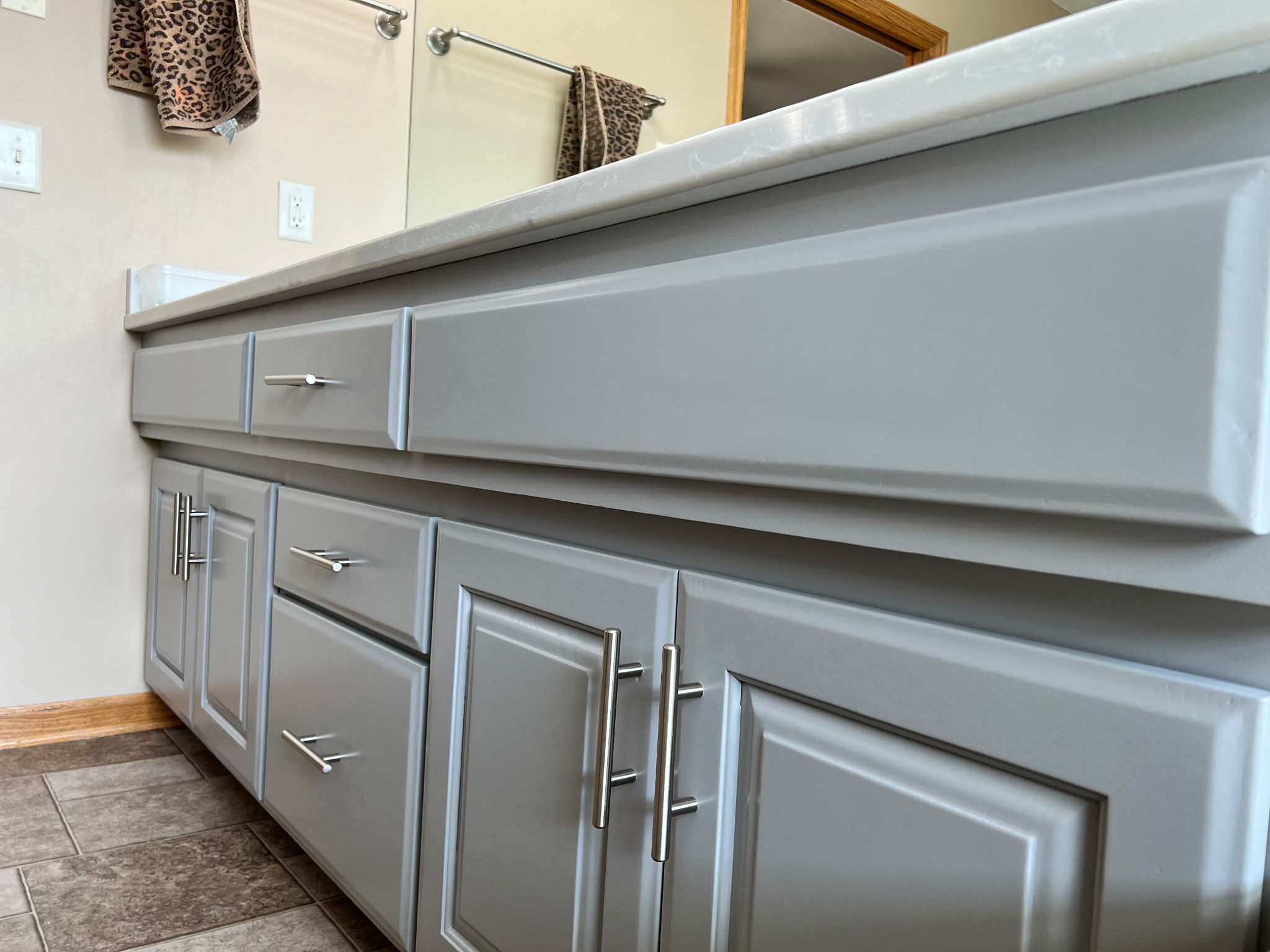
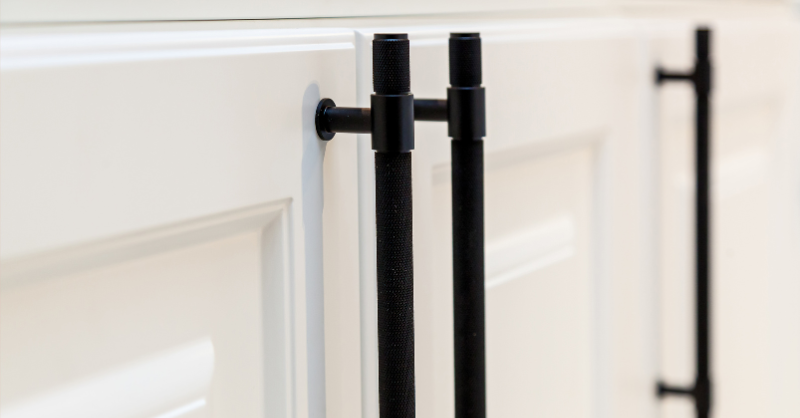
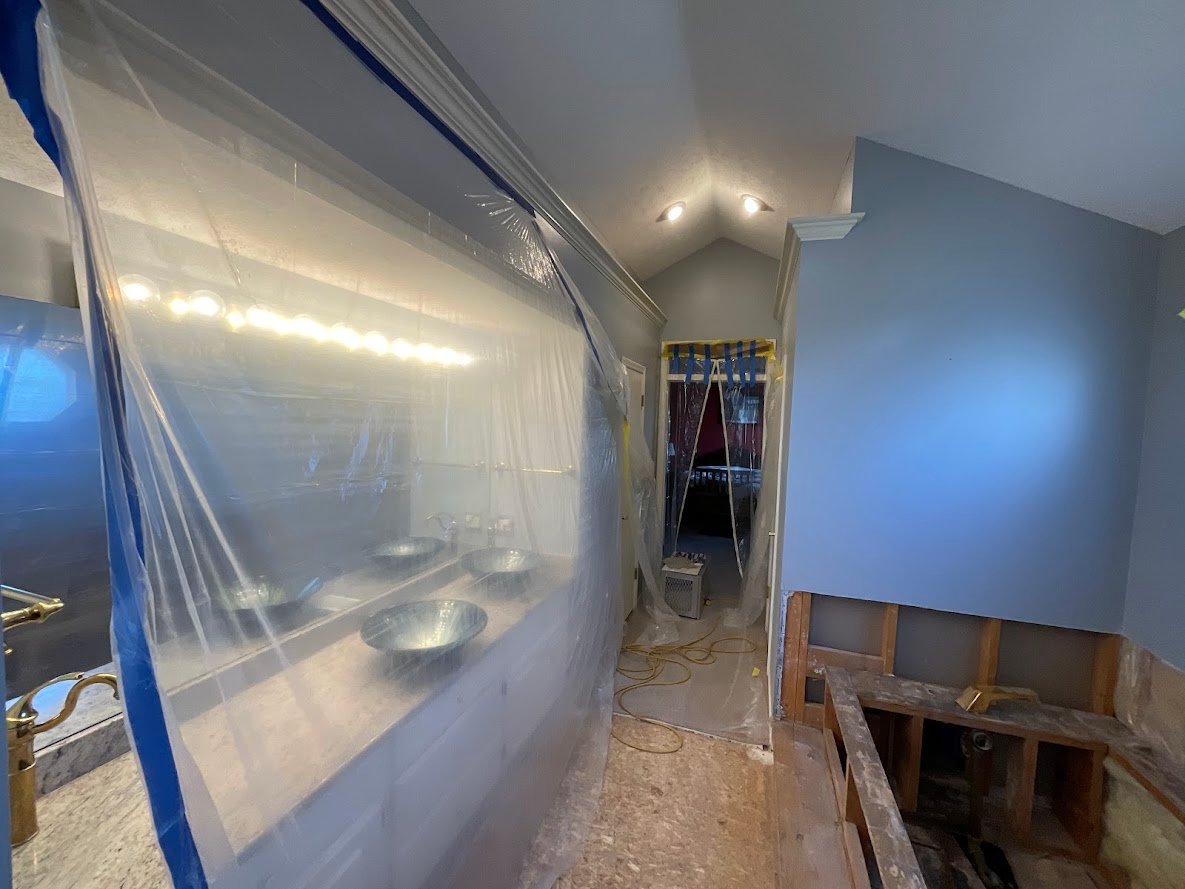
-Apr-28-2025-01-42-42-0336-PM.png?width=800&height=418&name=Blog%20Post%20Image%20Size%20(4)-Apr-28-2025-01-42-42-0336-PM.png)
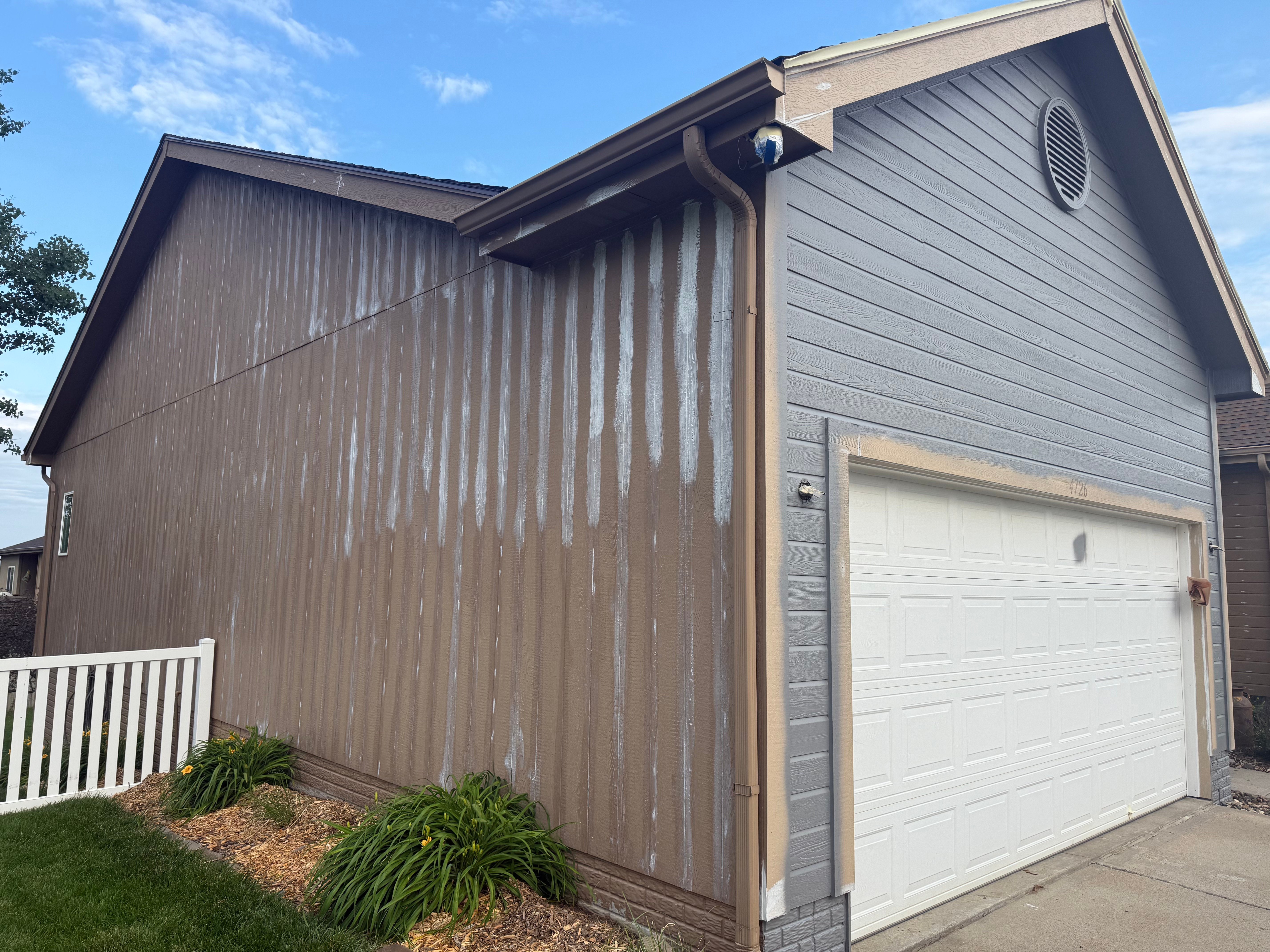


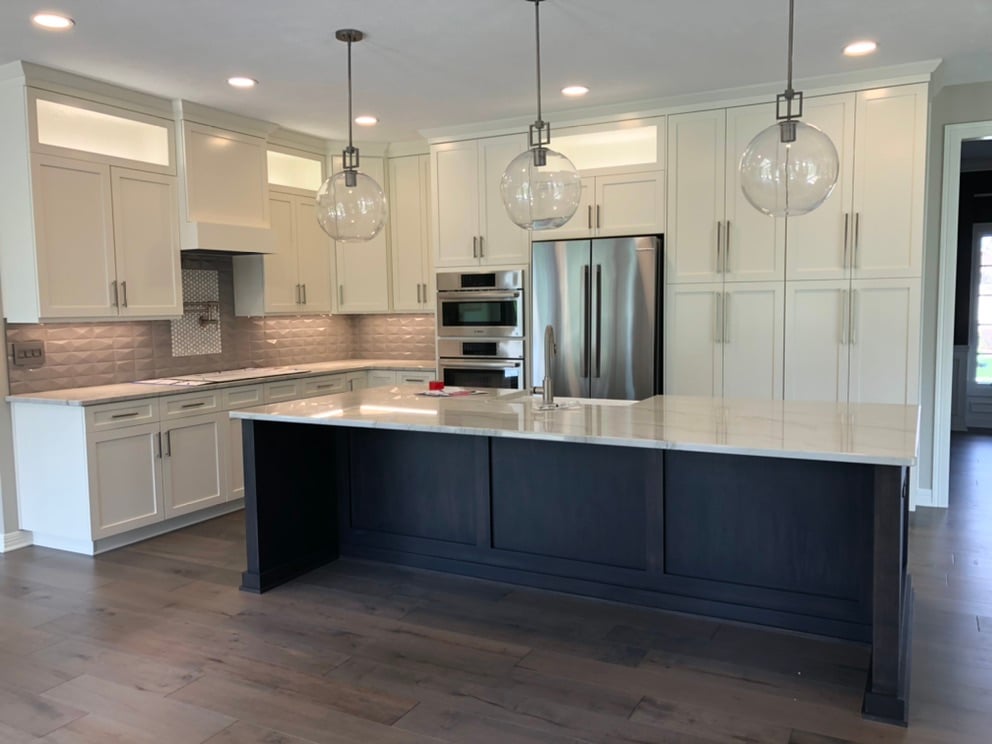
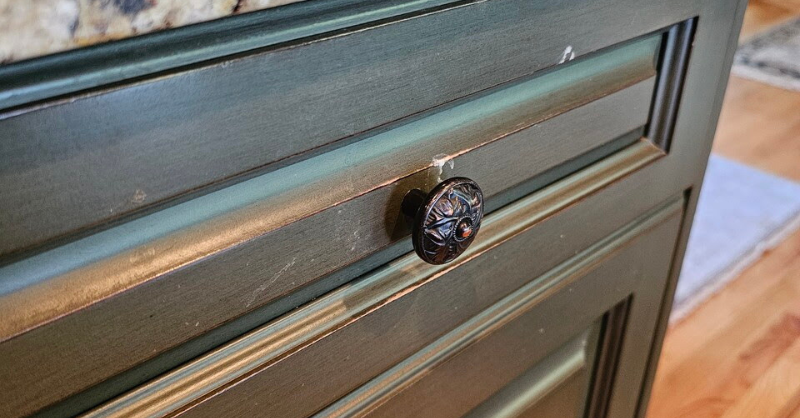
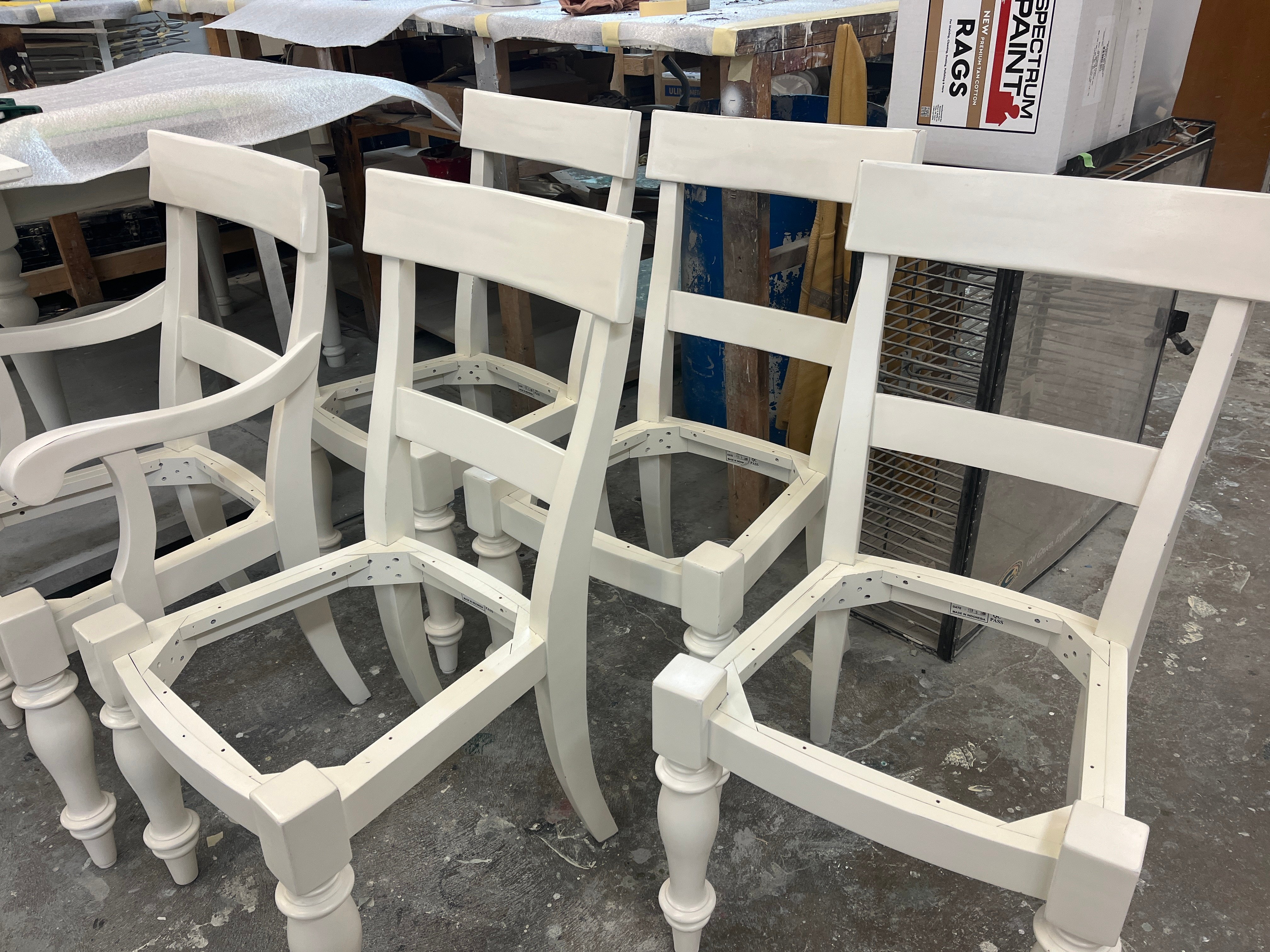
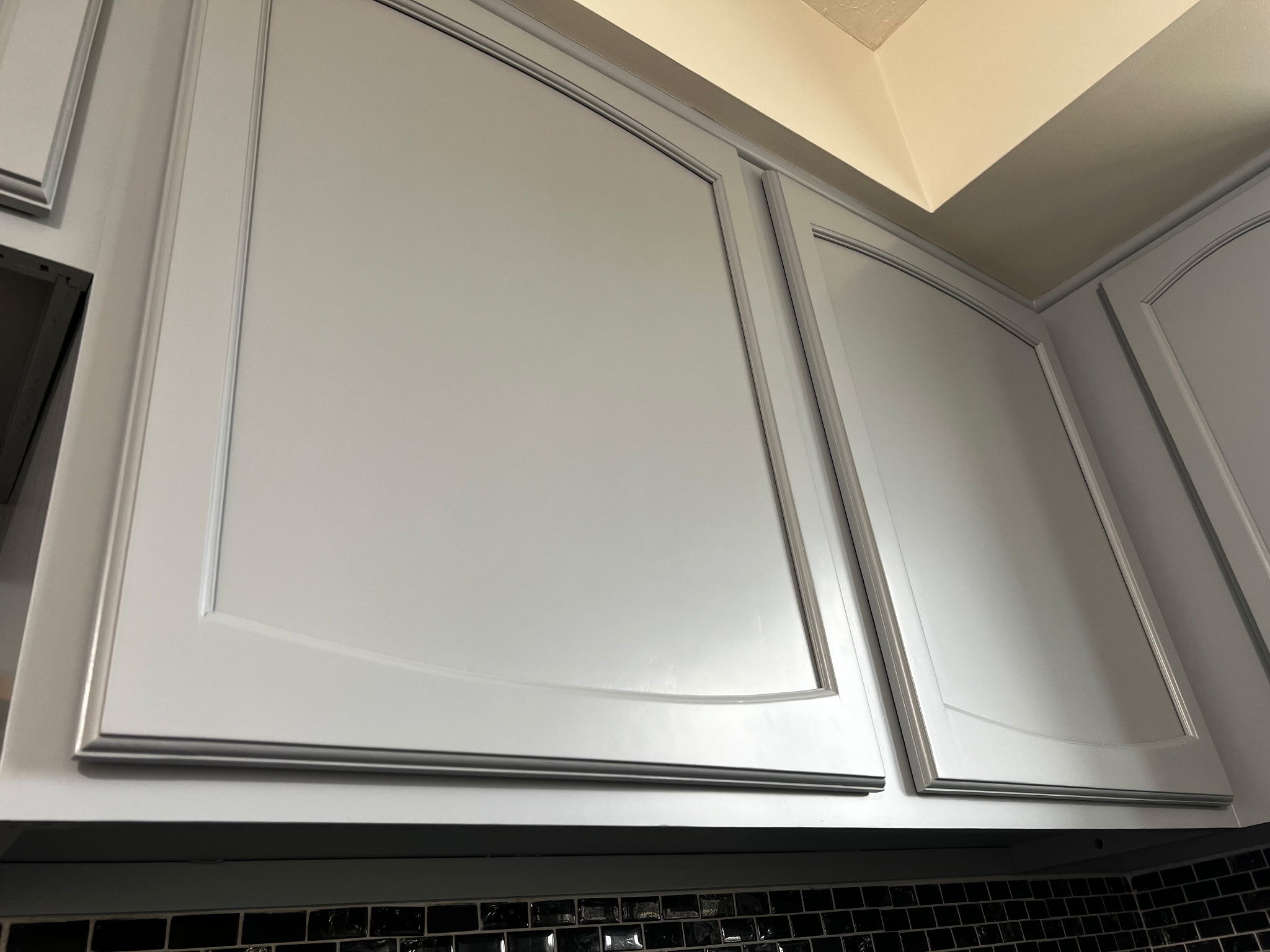
-Jul-03-2025-01-33-31-8507-PM.png?width=800&height=418&name=Blog%20Post%20Image%20Size%20(1)-Jul-03-2025-01-33-31-8507-PM.png)